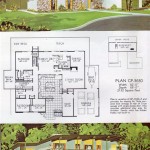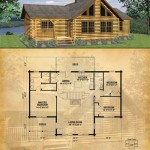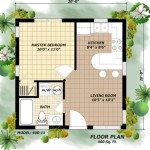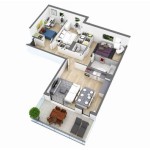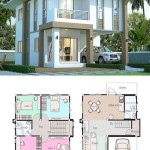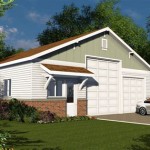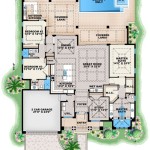One Bedroom House Plan Design: Maximizing Space and Functionality
The allure of a one-bedroom house lies in its simplicity and affordability, making it a desirable option for individuals, couples, or small families seeking a comfortable and manageable living space. Designing a one-bedroom house plan requires careful consideration of space utilization and functional flow to ensure a harmonious and practical living environment. This article will delve into key aspects of one-bedroom house plan design, highlighting essential considerations for maximizing space and functionality.
Optimizing Space
The primary challenge in one-bedroom house design is maximizing every square foot available. A well-designed plan ensures that each area serves a purpose, minimizing wasted space. This can be achieved through various strategies:
- Open Floor Plans: Open floor plans seamlessly connect the living, dining, and kitchen areas, creating a sense of spaciousness and maximizing visual flow. This eliminates unnecessary walls and allows natural light to permeate the entire space.
- Multi-Functional Furniture: Utilizing furniture with multiple functions, such as a sofa bed or a dining table that doubles as a workspace, conserves space while offering versatility. This allows for adaptable living areas that can easily transform based on needs.
- Built-in Storage: Integrating built-in storage solutions like shelves, drawers, and cabinets maximizes vertical space and minimizes clutter. This eliminates the need for bulky freestanding furniture and creates a clean, organized aesthetic.
Prioritizing Functionality
Beyond just space optimization, a functional one-bedroom house plan ensures a smooth and efficient flow of everyday activities. Key elements to consider include:
- Kitchen Layout: A well-designed kitchen layout ensures efficient food preparation, cooking, and cleanup. A galley kitchen, characterized by its linear configuration, can be ideal for maximizing space and minimizing movement. Other options include L-shaped or U-shaped layouts, depending on the space available.
- Bathroom Design: The bathroom needs to be both functional and visually appealing. A well-planned bathroom design ensures adequate storage, comfortable showering, and a relaxing atmosphere. Consider incorporating space-saving features like a shower stall instead of a tub or a floating vanity.
- Bedroom Considerations: The bedroom should be a sanctuary for rest and relaxation. Prioritize a comfortable bed size, adequate closet space, and a dedicated workspace if needed. Strategically placed windows and soft lighting can enhance the bedroom's ambiance.
Enhancing Aesthetics
While functionality is crucial, a well-designed one-bedroom house plan should also be aesthetically pleasing. Here are some considerations for enhancing aesthetics:
- Natural Light: Maximize natural light by utilizing large windows and strategically placed skylights. Natural light brightens the interior, reduces the need for artificial lighting, and creates a more welcoming atmosphere.
- Color Palette: Choose a color palette that complements the overall design aesthetic and creates a sense of spaciousness. Light, neutral colors can make a room appear larger, while bold accents can add personality and visual interest.
- Material Selection: Select materials that enhance the visual appeal and functionality of the space. Natural materials like wood or stone can create a warm and inviting ambiance, while modern materials like glass or metal can add a contemporary touch.

International House 1 Bedroom Floor Plan Top View One Plans

1 Bedroom Apartment House Plans

1 Bedroom Apartment House Plans Selfveda Layout Floor Design

1 Bedroom House Plan Examples

Cozy One Bedroom House Designs And Decors

10 Best One Bedroom House Plans And Designs To Inspire You Co Ke

Small 1 Bedroom House Plan Plans Tiny Floor Guest

Tiny House Design With 1 Bedroom

One Bedroom House Plans For Starter Homes Ck

47 Flat 509 Sq Feet Or 35 M2 1 Bedroom House Plan Home Blueprints Concept Plans For

